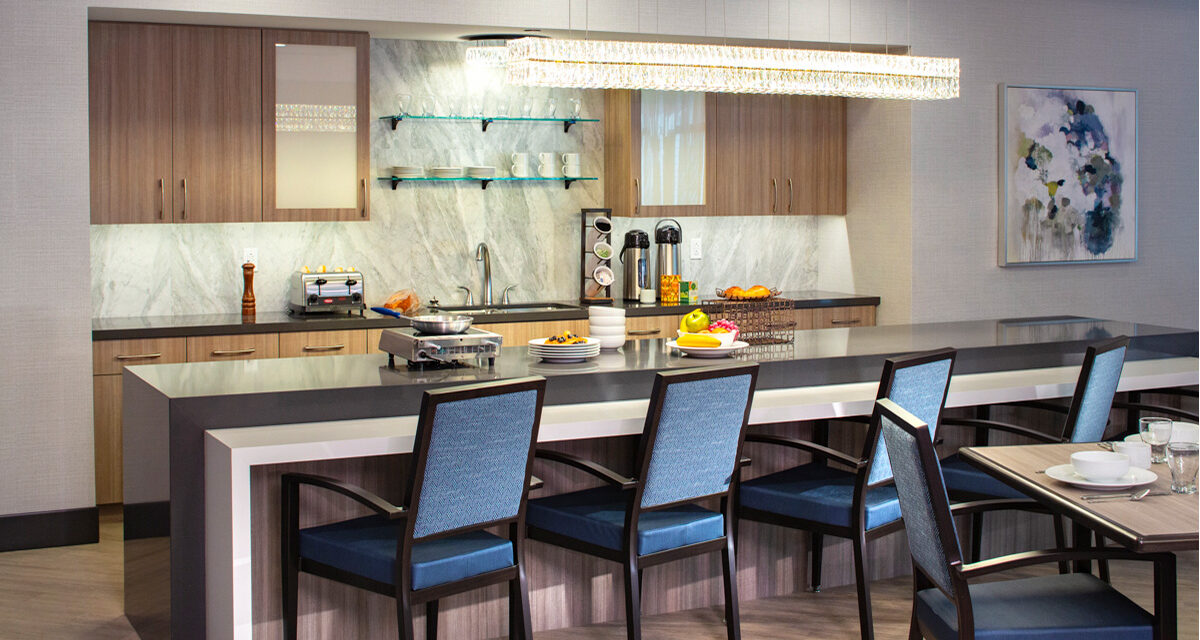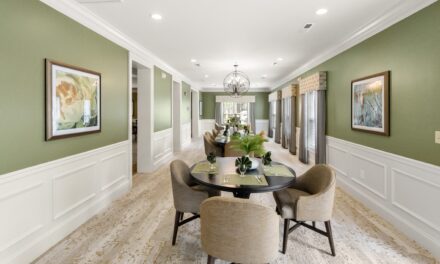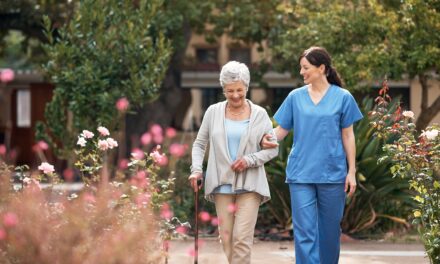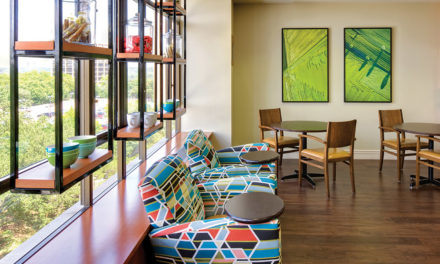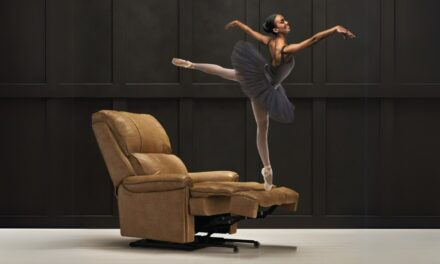As the long term care industry continues to navigate a global health pandemic, we simultaneously enter a staffing pandemic.
With severe nursing staff shortages, many Senior Living providers are looking for ways to increase caregiver satisfaction by rethinking the way they support staff health and well-being.
Gaurie Rodman
Director, Development Services
“Senior Living is a people business. The quality of human relationships, the feeling of safety, and the amount of anxiety a resident or staff member feels all contribute to their satisfaction. In times of crisis, making sure all parties’ needs, both in and out of the community, are addressed effectively becomes even more important.”
Here are three Senior Living design trends that are nursing shortage solutions:
1. Staff Lounges & Amenities
As your community’s front line, the mental and physical health of your Senior Living staff affects the overall health of your residents.
A healthy work environment is enhanced with amenities, like a relaxing lounge, to give staff a space to rest and recharge before returning to work. These amenities can help you attract new staff as well as retain and support employees.
Kitchenette
Providing staff with an in-house kitchen allows them to grab a snack or beverage when needed and can help increase employee productivity.
Private Touchdown Spaces
Offer a quiet respite from the hustle and bustle of your community. These spots are great for computer access and private phone conversations.
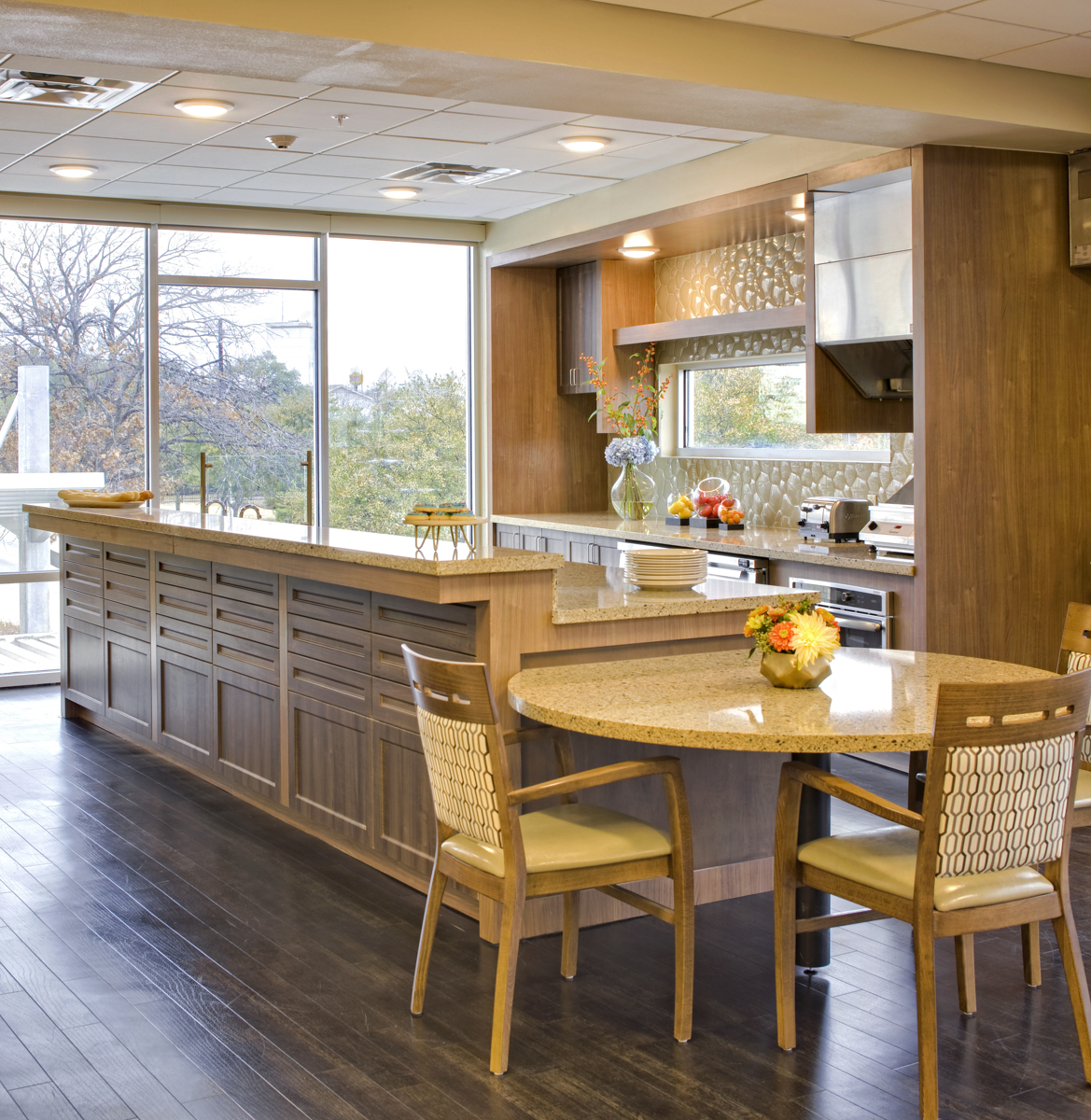
Fitness Room
A dedicated staff fitness room can help boost staff well-being and mental health. By offering a small selection of workout equipment, staff can conveniently fit in a work-out onsite and reduce stress.
Natural Light
Taking cues from biophilic design, which promotes connectivity to the natural environment, flooding staff spaces with natural light can help boost employee morale. Color can also affect mood and morale, read more about new 2022 color trends in Senior Living.
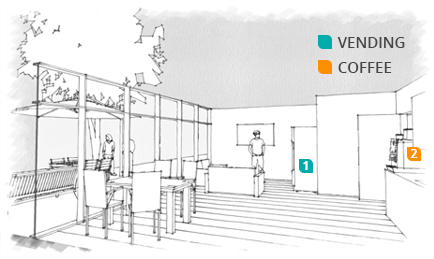
Access to Outdoor Space
Similarly, we recommend offering dedicated outdoor space for staff to enjoy during their breaks. Here are more tips for creating inviting outdoor spaces.
Dr. Yavuz Taneli
Architectural Designer
“With providers facing a historic staffing shortage, and asking their existing staff to work increased hours, we owe it to our employees to provide restorative opportunities to allow them to be energized and engaged in meaningful social interactions. Our own research has shown the positive impact of resident-caregiver interaction in reducing agitation in populations with compromised cognitive abilities.”
Discover more ways to enhance your staff amenities for increased employee engagement in our design trends webinar.
2. Staff Entries & Vestibules
As we examine senior living design trends, we’re seeing the need to reimagine the staff person journey through the building – starting at the entry. Updating the staff entry sequence can play an important role in helping you flex your operations during a health crisis. Separate staff entries and enhanced amenities can help with:
- Infection prevention by separating staff entries, contaminated clothing and personal items are kept out of resident areas. This is important for employee health, as well as the health of residents – specifically higher acuity residents in assisted living and skilled nursing facilities.
- Staff retention: Enhancing staff spaces and offering extra services can help boost caregiver satisfaction and lead to more meaningful interactions with residents.
- Caregiver burnout: Beautiful and functional staff spaces can demonstrate your commitment to improving staff well-being and reducing stress levels.
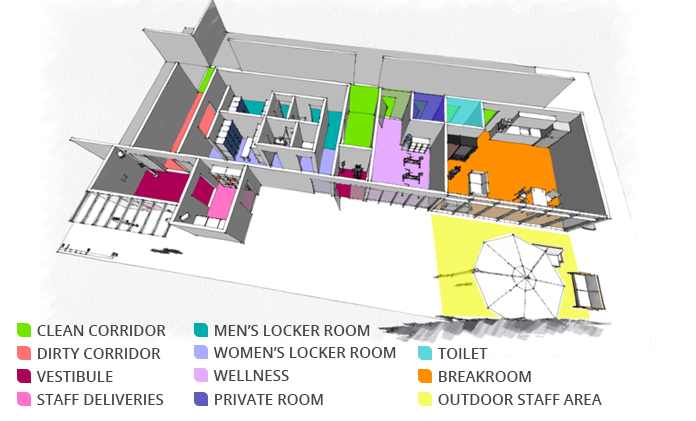
Key design objectives in these separate staff vestibules include:
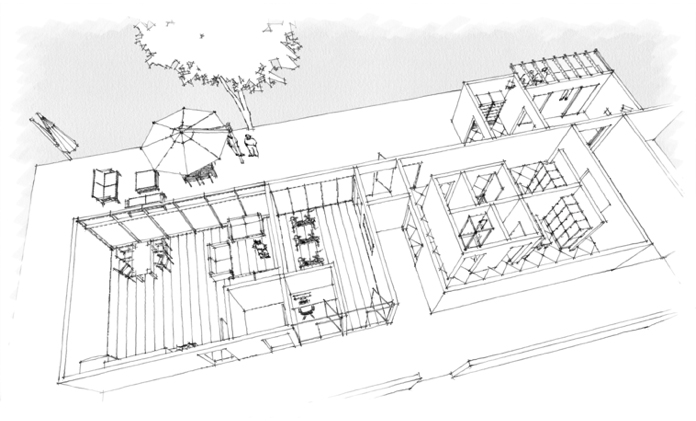
Delivery Lockers
Adding delivery lockers, including refrigerated options, near the entry allows staff to place orders for deliveries or have community-provided food and groceries left for them. Include a touchless intercom system can alert staff to deliveries.
3. Staff Lockers and Showers
After the entry and vestibule, we recommend adding staff lockers and showers. These amenities not only help boost staff retention, but they are also key in a disease control and prevention protocol. Housing the lockers and showers in the separate staff area allows staff to decontaminate and prepare for a shift. During a health crisis, this would be an excellent spot to distribute PPE.
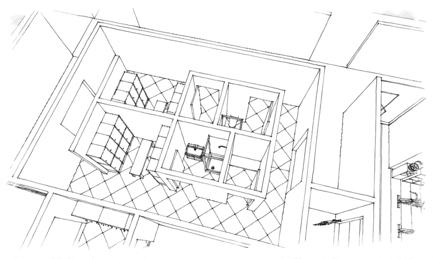
- An entry in the locker room from the staff vestibule
- Individual staff storage lockers to keep personal belongings
- A uniform laundering area to ensure fresh uniforms are readily available
- Showers and restrooms
- A separate exit into the resident corridor
Erin Berry
Director, Interior Design
The Bottom Line: Design Strategies for the Senior Living Staffing Shortage
Reimagining staff entries and lounge areas not only helps with infection prevention, but it also shows your commitment to staff health and well-being. Attracting and retaining staff is key in the current staffing crisis. Our Senior Living design and construction experts can help you implement innovative senior housing design strategies like these, so you can adapt to the future of the Senior Living industry.
Fill out the form below to discuss your design strategy for staff retention, or reach out with any questions on the latest senior housing design trends.
Not ready to get started just yet? Consider these other top trends in Senior Living design.
1This is not a medical device. Statements regarding this temperature device have not been evaluated by the FDA. This temperature device should not be solely or primarily relied upon to diagnose or exclude a diagnosis of COVID-19, or any other disease or health condition. Elevated body temperature in the context of use should be confirmed with secondary evaluation methods.
